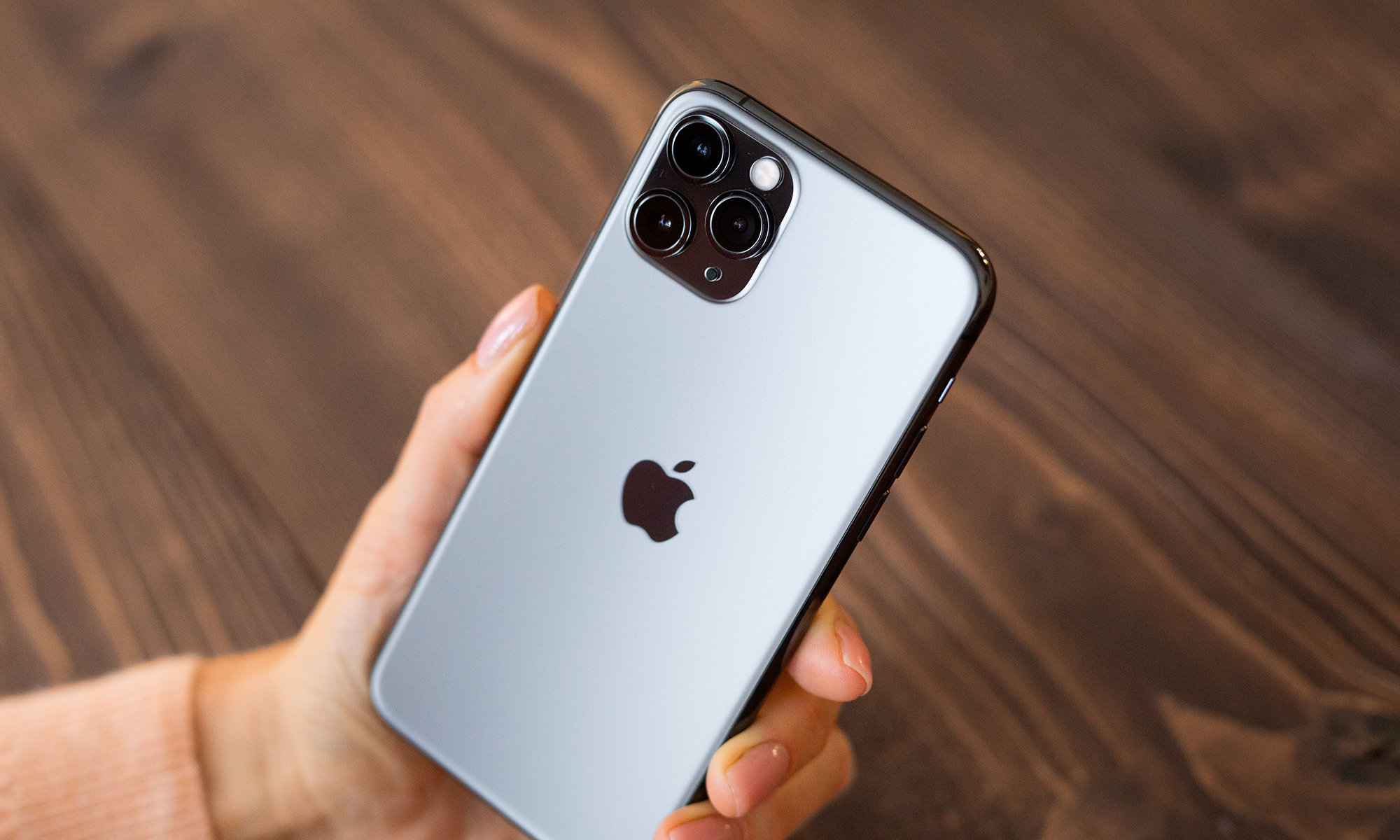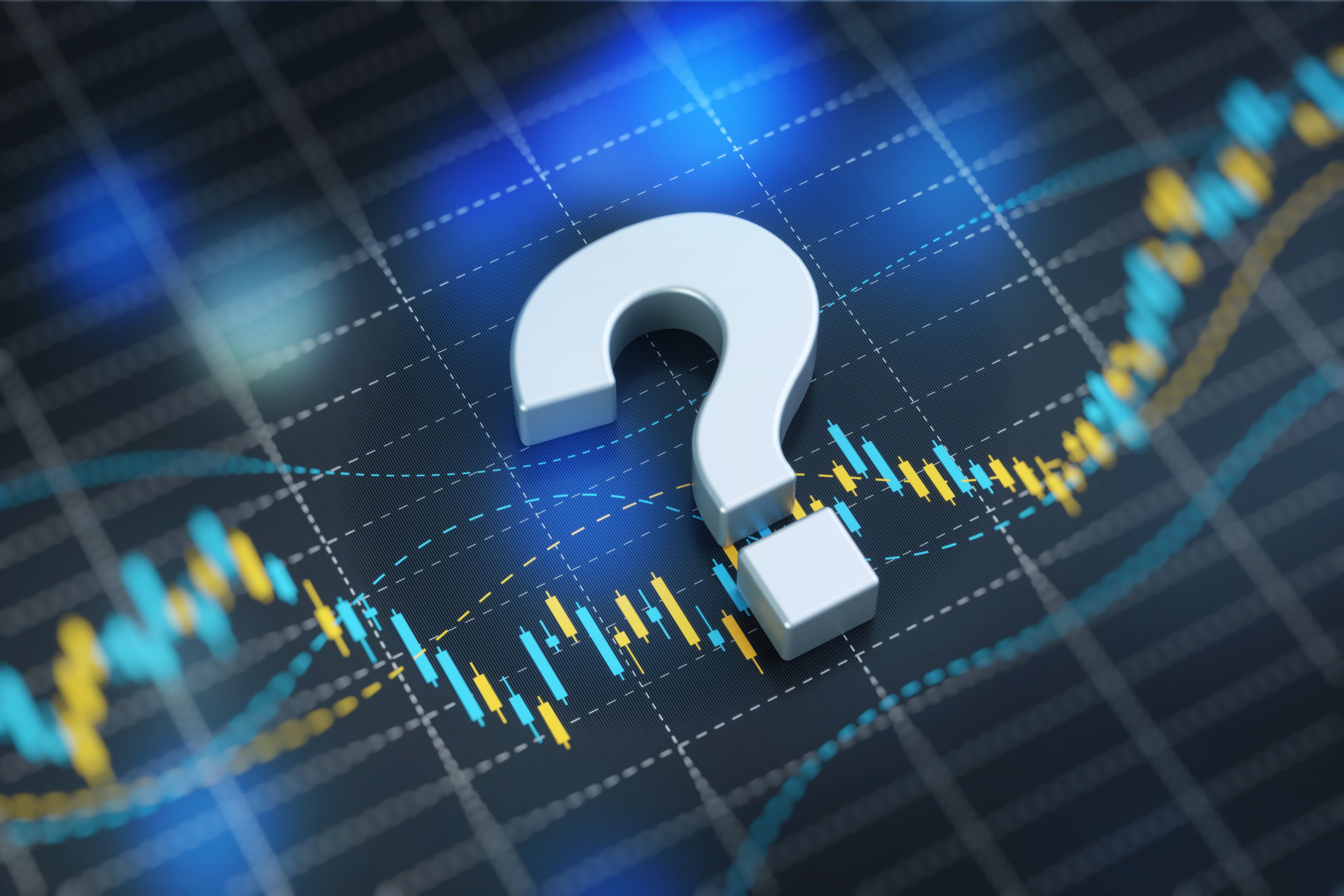The new iPad Air was the star of Apple's (AAPL +0.34%) November product launch event. The full-size iPad is faster than its predecessor, but as my colleague Daniel Sparks points out, it's also 20% thinner, 28% lighter, and its left and right bezels are 43% narrower. In other words, it offers a big performance upgrade inside a much sleeker package.

Apple's iPad Air may be even more popular than the company expected. Photo: Apple.
Apple executives clearly had high hopes for the iPad Air, and Apple has thrown plenty of marketing support behind it. However, it still appears to have underestimated the strength of demand. While it had plenty of supply for launch weekend, it is starting to run short of several configurations. Stronger-than-expected sales could ultimately boost revenue, gross margin, and earnings above the guidance range Apple provided.
A modest launch
While plenty of people still line up at the Apple Store (and other retailers) to buy the newest iPhones on launch day, this practice is becoming less common for the iPad. Piper Jaffray has counted Apple Store lines for every iPad launch, and there has been a clear downward trend recently.
For example, nearly 1,200 people were lined up outside the flagship 5th Avenue Apple Store in New York to buy the iPad 2 on launch day in 2011. By contrast, only 365 people were lined up there for the iPad Air launch.
Some of this drop may be explained by the opening of a new Apple Store in Grand Central Terminal, which occurred later in 2011. The Grand Central store is siphoning off traffic from the 5th Avenue store. Still, Piper Jaffray surveyed other Apple Stores, and the drop-off in iPad launch day lines was even more pronounced elsewhere.
Demand ramps up
However, the lack of big launch-day lines does not mean that customers are uninterested in the iPad Air. Whereas most previous iPad launches have come in the context of well-publicized supply constraints, there were no such worries for the iPad Air. With broad stock-outs unlikely, there was less reason for customers to line up early to buy an iPad Air.
There are a number of data points suggesting that the iPad Air is selling well. First, AT&T announced last week that iPad activations on launch weekend were up more than 200% year over year. Second, according to Fiksu, iPad Air usage has ramped up much faster than last fall's two new iPads (the fourth-generation iPad and the iPad Mini) combined.

The iPad Mini was a big hit, but iPad Air usage has ramped up much faster. Photo: Apple.
The result of this strong demand is that Apple is beginning to run low on iPad Air supply for the versions with more storage. Virtually all models were shipping within 24 hours when ordered on the Apple U.S. website during launch weekend. However, as of November 11, Apple is quoting a wait time of at least five business days for all versions with 64 GB or 128 GB of storage).
Big profit driver
Stronger-than-expected demand for the configurations with more storage is particularly good for Apple because those versions are much more profitable than the base 16 GB model. Moving from a 16 GB model to a 128 GB model adds $300 to the price of an iPad Air. However, the additional cost to Apple is just $51!
The 16 GB iPad Air is still probably the most popular overall. A launch-day survey by analyst Brian White found that around 60% of iPad Air buyers had chosen a 16 GB model. Still, any shift toward higher capacity models will provide upside to Apple's margin guidance.
Moreover, the strong overall demand for the iPad Air bodes well for Apple's revenue this quarter. Even with relatively slow growth in Apple's other product lines, a strong quarter for iPad sales -- especially if it is weighted toward the more profitable iPad Air rather than the iPad Mini -- could drive a blowout quarter with more than $60 billion of revenue.
Foolish bottom line
Apple executives had high hopes for the iPad Air at launch. However, strong early sales momentum and dwindling supply of the versions with extra storage both imply that demand may have been even higher than Apple management expected. Since the iPad Air did not go on sale until after Apple provided its December-quarter guidance, a stronger-than-expected performance could help it beat this guidance.
Apple analysts still do not expect a particularly impressive performance this fall. On average, they are expecting revenue to grow just 5% to $57.2 billion, limiting EPS growth to just 1%. The "iPad Christmas" that Tim Cook has been dreaming of could drive revenue and earnings growth well beyond these modest expectations.






